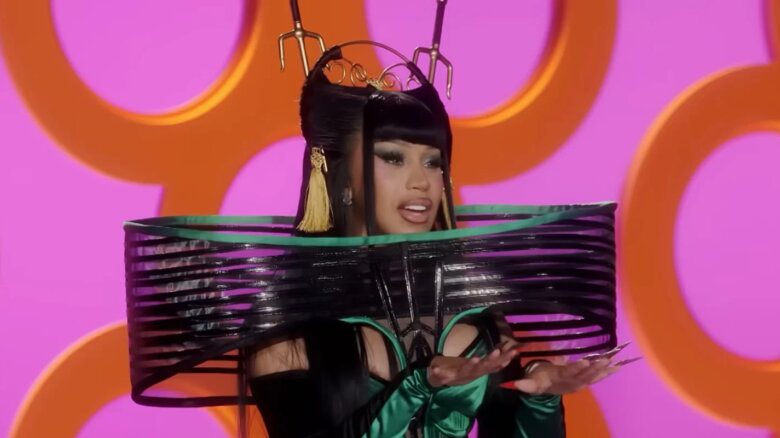Reports that Bill T Jones is changing his political tune have been highly exaggerated.
Jones’s latest full-length dance work, We Set Out Early… Visibility Was Poor, which makes its Toronto debut next week at Harbourfront Centre, may come as a surprise to those expecting his highly charged polemical work. It is much more abstract and experimental, described by one critic as the triumph of movement over message.
“Don’t you believe it,” Jones warns. “My issues in life were formed before I even knew who I was. It has to do with race, class, gender, history.” He insists his political engagement remains the same, the only difference is the style of expression. “Why would they think that these things can be bleached out of any movement I would make?”
We Set Out Early is a 70-minute piece in three sections, each set to music by a different composer covering the span of this century. Jones’s passion for language – his art has been dubbed dance theatre for its combination of text and movement – is evident in the deliberately chosen open-ended title.
“The ‘we’ is very important,” he explains. “It is inviting, in a report on my own journey, Arnie’s and mine,” referring to his late partner Arnie Zane. “On another level, it might be my whole generation of art makers. We always start not knowing where we’re going. Those of us who are committed, stay with the trip.”
The strikingly beautiful 46-year-old dancer’s creative journey has occupied a central place in contemporary dance ever since he and Zane formed the Bill T Jones/Arnie Zane Dance Company as a multicultural dance troupe in 1982. When Zane died in ’88 of AIDS, Jones continued with the company, exploring more sombre subjects including death, mortality and illness – an engagement necessary for political and personal reasons.
“Art does for me what religion traditionally did – helped me organize a seemingly chaotic world. And it’s that subversive aspect that gives me a sense of power,” Jones suggests. (Diagnosed as HIV-positive in 1985, Jones continues to enjoy good health, and, although he doesn’t dance in the full-length work, he performs a short 10-minute prologue.)
Jones’s work has earned him critical kudos – but also some serious panning. His 1994 work, Still/Here, was labelled victim art by dance critic Arlene Croce in an infamous New Yorker article. For two years prior, Jones conducted what he called “survival workshops,” where he visited 11 cities and talked to people with terminal illnesses. Excerpts of these conversations were used in the piece.
In the new work, the other key word in the title is visibility – an issue with which Jones wrestled for much of his career. He has commented that his early work was an attempt to overcome his invisibility and marginalization as a black gay man. But the picture is different now. “I feel I’ve been able to show my work, which is the greatest victory for me these days. Therefore I feel less invisible, I feel empowered, I feel validated.”
Jones has derived much of his sense of empowerment from his relationships, that always combine the personal and the professional. Jones was involved with Arthur Aviles, who continues to be part of Jones’ premiere dancers. His current lover is Bjorn Amelan, who designed the set for the new work and acts as social director of the company. Jones is aware of what this situation entails.
“It’s high wire. It’s risky. At the end of the day you don’t walk away, come home and become a normal couple. You’re still embroiled in it.”
His lovers have all been white men – something that several African American critics have found suspect, often using the derogatory label of “snow queen.” To Jones, it’s not about race, but about embracing one’s desire. “I want my desire to free me, to make me more caring and gentle. That desire may have some particularities about it. Some people only respond to other people of another race; others only respond to people of another gender – or the same. These things diminish in importance.”
“I’m able to respond to any human being sensually under the right circumstances,” he says, emphasizing the word sensually. “Do I go out experimenting anymore? No, I don’t have time. I find that a lot of the experimentation is in the art I do.”
We Set Out Early… Visibility Was Poor.
$16-$34. 8pm.
Tue, Mar 16-20.
Premiere Dance Theatre.
207 Queens Quay W.
(416) 973-4000.

 Why you can trust Xtra
Why you can trust Xtra


